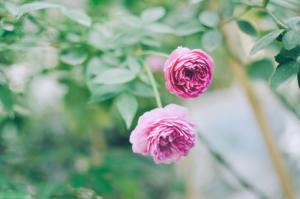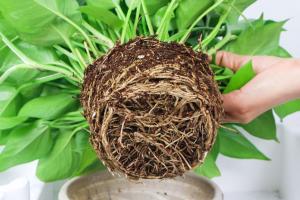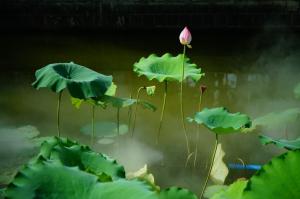Is Cedar Good for Planter Boxes?
Planter boxes are a great addition to any garden, providing a neat way to grow your own vegetables and flowers. However, choosing the right type of wood is crucial for the longevity and overall health of your plants. Cedar is a popular choice for planter boxes, but is it really a good option? Let's take a closer look.
The Benefits of Cedar for Planter Boxes
Cedar is a natural, rot-resistant wood that can withstand harsh outdoor conditions. It contains natural oils and resins that repel insects, preventing them from damaging your plants. Cedar is also lightweight, making it easy to move around your garden, and has a beautiful, distinctive grain pattern that adds a touch of elegance to any garden design. Additionally, cedar is a sustainable and eco-friendly choice, as it is a renewable resource and can be harvested responsibly.
The Drawbacks of Cedar for Planter Boxes
While cedar has many advantages for planter boxes, there are also some drawbacks to consider. One of the main concerns is the cost, as cedar is generally more expensive than other woods like pine or spruce. Cedar can also be prone to cracking and splitting, particularly if left untreated or exposed to extreme temperature changes. This can compromise the integrity of the planter box and affect the growth of your plants. Finally, some people are allergic to cedar, which can cause skin irritation or respiratory problems.
Cedar Alternatives for Planter Boxes
If you're looking for a wood alternative to cedar, there are several options to choose from. Redwood is another popular choice, as it is also naturally resistant to rot and insects, and has a similar aesthetic appeal to cedar. However, it is also relatively expensive. Oak, maple, and poplar are other wood types that can be used, but they may require regular treatment to prevent rot and insect damage. Composite materials like Trex or PVC are also becoming more popular for planter boxes, as they are low-maintenance and long-lasting.
Treating Cedar for Planter Boxes
If you do decide to use cedar for your planter boxes, it's important to treat the wood properly to ensure its longevity. This involves applying a wood sealant or preservative to protect against moisture, UV rays, and insect damage. It's also recommended to periodically reapply the treatment every few years to maintain the wood's integrity. Finally, avoid using chemical-based treatments or paints that may be harmful to your plants or the environment.
Conclusion
Overall, cedar can be a good option for planter boxes, particularly if you prioritize natural, eco-friendly materials and are willing to invest in its durability. However, it's important to consider the potential drawbacks and alternatives before deciding. Remember to treat the wood properly and choose a design that meets your gardening needs, and you'll be sure to enjoy beautiful, thriving plants in your planter boxes for years to come.

 how many times do yo...
how many times do yo... how many planted tre...
how many planted tre... how many pine trees ...
how many pine trees ... how many pecan trees...
how many pecan trees... how many plants comp...
how many plants comp... how many plants can ...
how many plants can ... how many plants and ...
how many plants and ... how many pepper plan...
how many pepper plan...





























